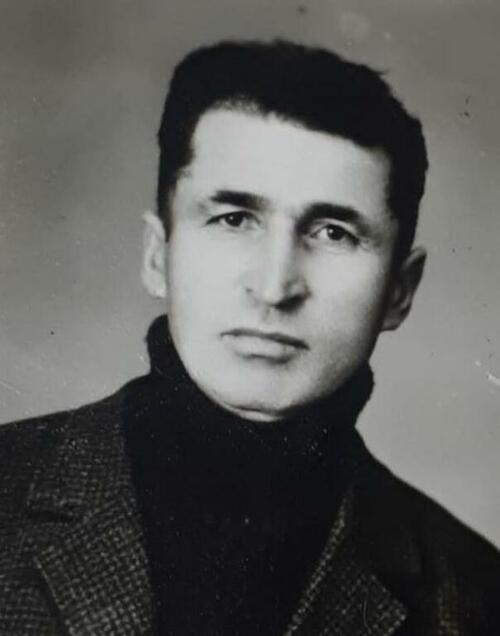From the story of Nadezhda Eliozovna Shavlohova, 76 years old, a native of the village. Zgubir, now living in Tskhinval.
My ancestors told about the horrors that they had to endure in 1919-1920. I can tell about my relatives - the Shavlokhov family from the village. Zgubir. The husband was Shavlohov, and the wife - Demeeva.
The fact that the Georgian army was sweeping like a whirlwind was known in advance: the news of how cruel they were cracking down on the Ossetian population spread fast, so many did not wait for them to be persecuted, overtaken and killed. Many gathered their belongings in advance and took what they could with them, the rest my relatives tried to hide: they buried the property, and they tried to drive cattle along impassable paths through the pass to North Ossetia. But what is there, it wasn’t up to the cattle, they would have to take their own legs. Many, they say, not only cattle, but also children were thrown off the cliffs, so that the Georgians would not overtake and mock them. Not to mention the cattle that died on the way or simply wandered into the woods, people themselves had to go through something that for many years preserved their hatred of the Georgian government.
The Sholokhovfamily had three sons, the youngest of whom at the age of six fell ill with either cholera or typhoid and died on the way, the other children also died from the disease, but in Vladikavkaz (Dzaudzhikau, as Vladikavkaz was called at that time). When they reached the city, they were met not very hospitably: they were considered carriers of infectious diseases that they picked up on the way. But still, they settled in a barn with one of the inhabitants of Dzaudzhikau, where they remained to live. After the calming events, the survived relatives returned to their village Zgubir. Demion was also seriously ill, but she was saved. When they returned, they tried to dig up the hidden property, but alas, nothing remained. The Georgians dug up everything and burned what was impossible to carry away. Before those evets they were living well. They have many cattle, animals. In the place of their former home, one old pot with a perforated bottom was discovered, and the house itself was simply burned and razed to the ground. They had to build up everything over again and live anew ...
From the book of Ruslan Bzarov "The Ossetian genocide: 1920"





